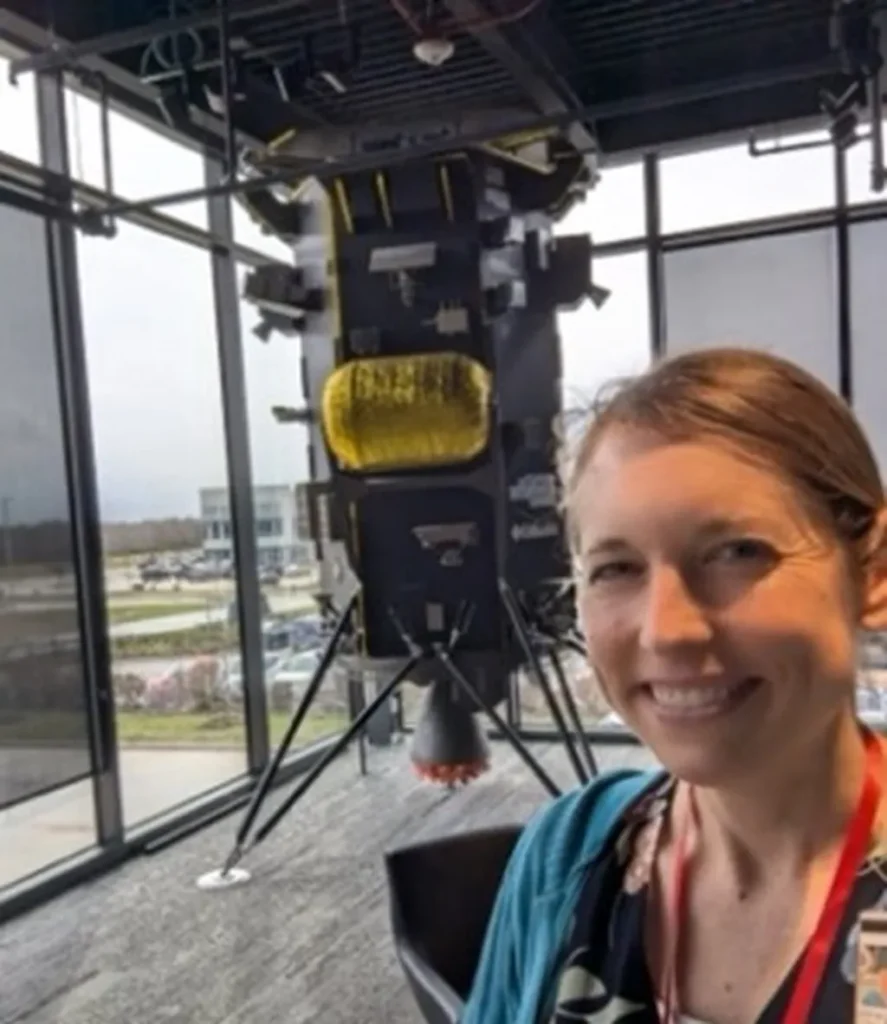In the heart of Spain’s Castilla and León region, a groundbreaking study is revolutionizing how farmers predict wheat yields, offering a glimpse into a future where technology and agriculture intertwine seamlessly. Researchers from the TADRUS Research Group at the University of Valladolid have developed a novel approach to estimate wheat yields using spectral indices and multivariate analysis, potentially transforming the agricultural landscape.
The study, led by Diana Carolina Polanía-Montiel and published in ‘Agronomy’, focuses on two primary wheat sowing systems: direct seeding (DS) and conventional seeding (CS). By employing drones to capture multispectral aerial images, the team analyzed nine spectral indices and key physiological variables to build predictive models. The results are promising, with the Random Forest (RF) model achieving a remarkable 93.75% accuracy in classifying treatments, underscoring the potential of this technology in real-world applications.
“Our findings demonstrate that spectral indices, particularly the Soil-Adjusted Vegetation Index (SAVI) and the Advanced Vegetation Index (AVI), are crucial in distinguishing between DS and CS systems,” Polanía-Montiel explained. “These indices showed significant correlations with key physiological variables, allowing us to predict wheat yields with unprecedented accuracy.”
The study’s implications for the agriculture sector are substantial. By enabling farmers to anticipate crop yields before harvest, this technology can optimize resource allocation, reduce waste, and enhance overall productivity. The RF-based prediction model, with R² values above 91% for the most correlated indices, offers a powerful tool for farmers to make data-driven decisions.
Moreover, the research highlights the importance of non-destructive procedures in estimating production, paving the way for adaptive and sustainable agricultural strategies. “This approach not only improves efficiency but also contributes to more sustainable farming practices,” Polanía-Montiel added.
The study’s findings suggest that the conditions inherent in non-mechanized handling significantly influence model performance, with predictive capacity being higher in DS systems. This insight could guide future developments in agricultural technology, focusing on optimizing non-mechanized systems to enhance predictive accuracy.
As the agriculture sector continues to evolve, the integration of spectral indices and multivariate analysis into farming practices could become a cornerstone of modern agriculture. This research, led by Polanía-Montiel and her team at the University of Valladolid, marks a significant step forward in this direction, offering a glimpse into a future where technology and agriculture work hand in hand to create a more sustainable and efficient food system.

